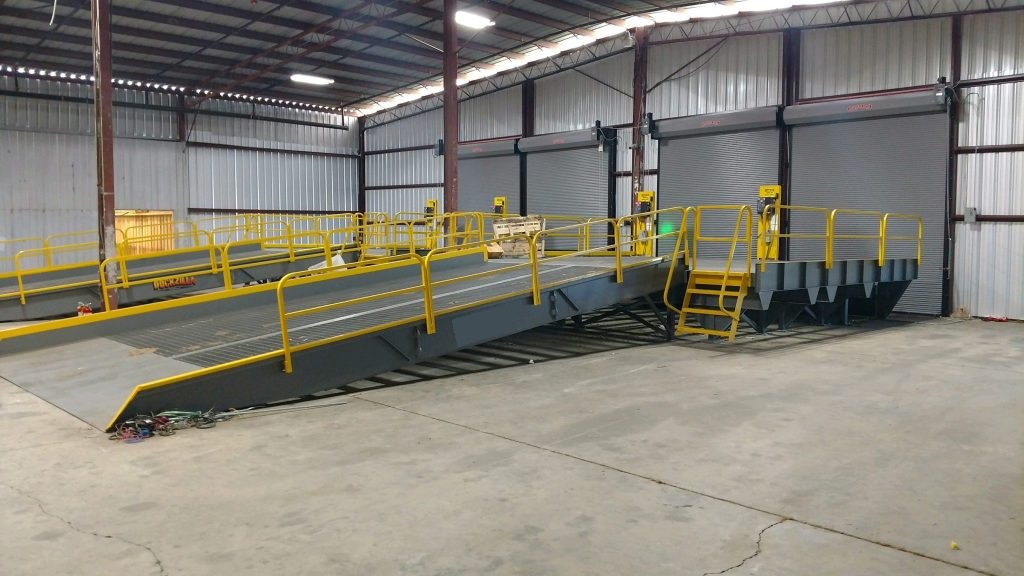Why Owners should modernise their Industrial Buildings. Industrial property is a valuable asset class that generates steady income and capital appreciation for owners in South Africa (and beyond). However, owners must periodically modernise and upgrade industrial buildings to remain competitive and attractive to tenants. Epping Property believes industrial property owners should update their industrial buildings over time. Here, they offer some insights on how to do so effectively.

Modernising industrial buildings brings several benefits to owners in the South African industrial property market:
- Increased rental value and occupancy rate of the property. Modern industrial buildings offer tenants better amenities, functionality, efficiency, and safety, increasing demand and willingness to pay higher rents. Moreover, modernised buildings reduce vacancy rates and tenant turnover. Tenants are more likely to renew leases and stay longer in well-maintained and updated properties. According to MSCI, the industrial property vacancy rate was the lowest among all commercial property sectors in South Africa in 2022. This will likely also be the case for the entire 2023.
- Reduced operating and maintenance costs of the property. Modern industrial buildings incorporate energy-efficient features. Such features include LED lighting, solar panels, backup power, smart thermostats, and sensors that lower utility bills and the property’s carbon footprint. Additionally, modern buildings prevent costly repairs and replacements as they are less prone to structural issues, damage, and obsolescence.
- Enhanced market value and resale potential of the property. Modern industrial buildings increase their market value and attractiveness to potential buyers. They reflect current trends and industry standards. Furthermore, modernised buildings improve marketability and liquidity. They are easier to sell and finance than outdated and depreciated properties.

Owners should consider the following factors to modernise their industrial buildings effectively:
- The needs and preferences of target tenants. Owners must conduct market research and analysis to understand what target tenants seek in an industrial property. Factors include location, size, layout, security, parking, truck turning circles, loading facilities, power supply, internet connectivity, etc. Owners should also monitor the performance of different sub-sectors within the industrial property market. Such as manufacturing, warehousing, logistics, etc., and tailor their properties accordingly.
- The budget and return on investment of the project. Owners must assess the costs and benefits of modernising their industrial buildings and prioritise the most impactful and feasible interventions. Owners should also seek professional advice from property consultants (such as Epping Property), architects, engineers, contractors, etc., to ensure quality workmanship and compliance with relevant regulations and standards.
- The timing and duration of the project. Owners must plan ahead and schedule the modernisation project at a convenient time for both themselves and their tenants. Owners should also minimise disruption and inconvenience to their tenants during the project by communicating clearly and providing alternative arrangements if necessary.
In conclusion, modernising industrial buildings is a worthwhile investment for property owners. Modernisation enhances property performance, profitability, and value. Owners should strategically consider the benefits, costs, and risks of implementing modernisation projects to maximise outcomes.